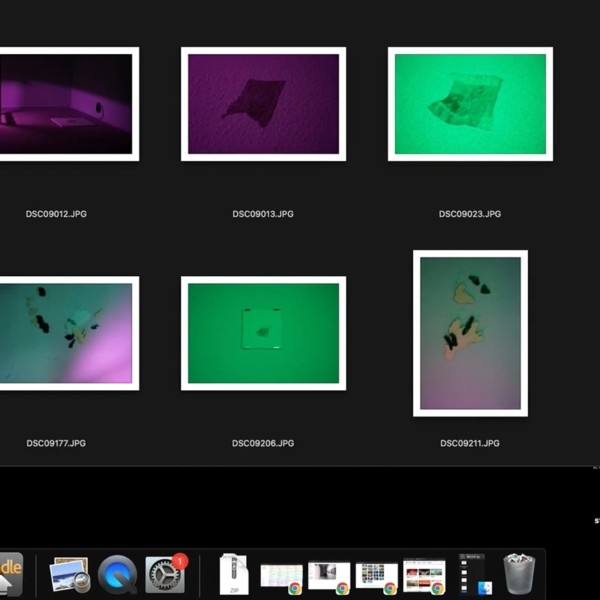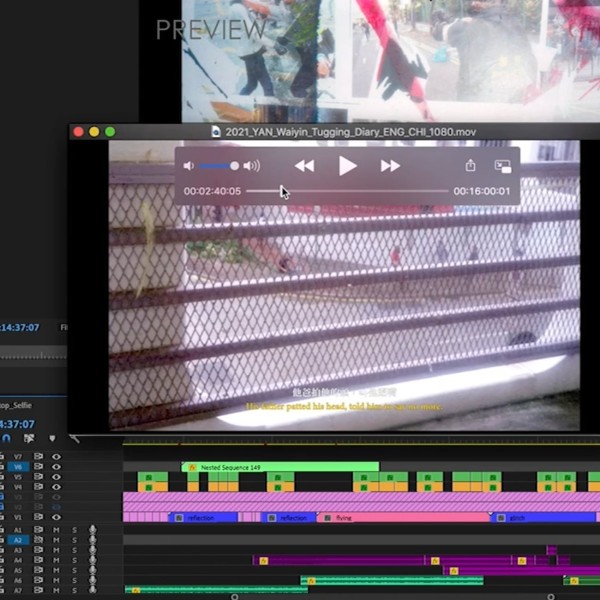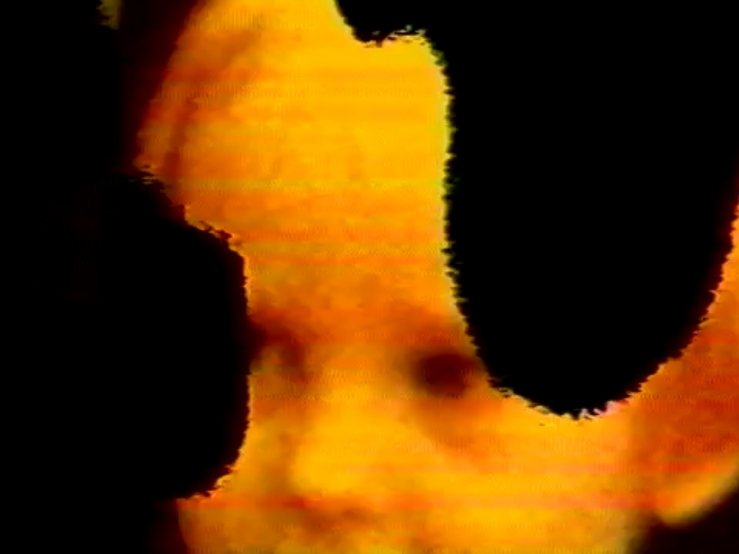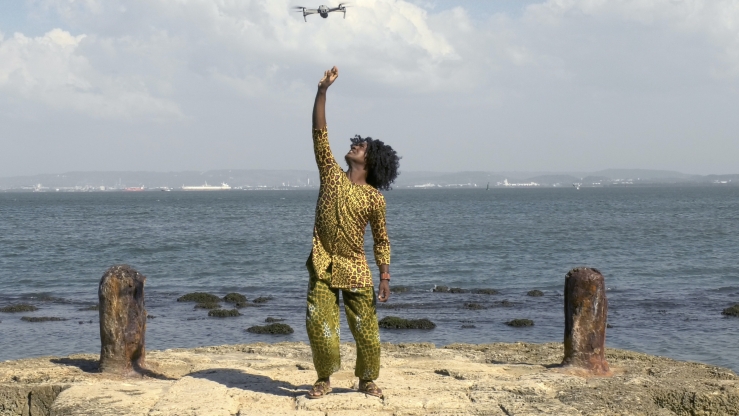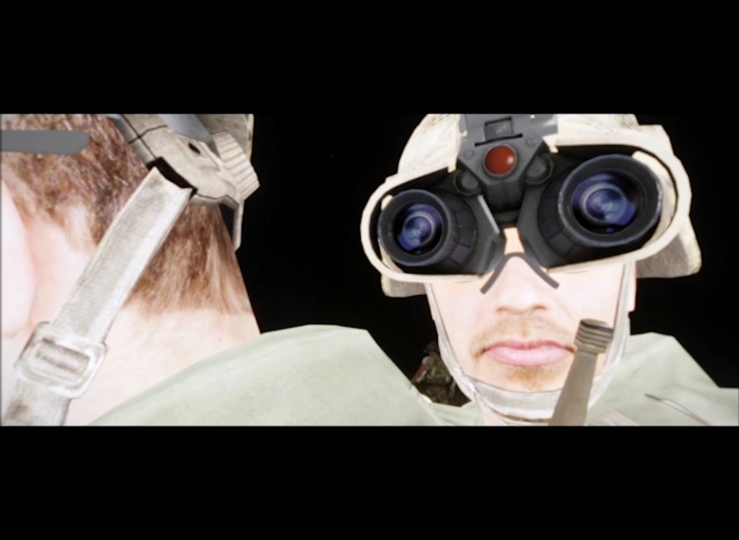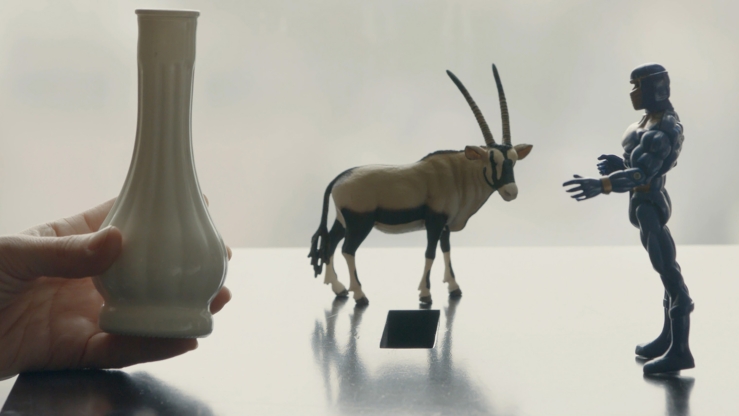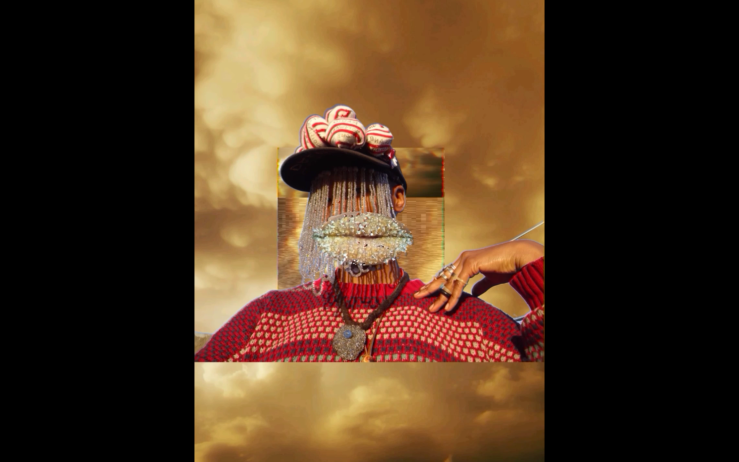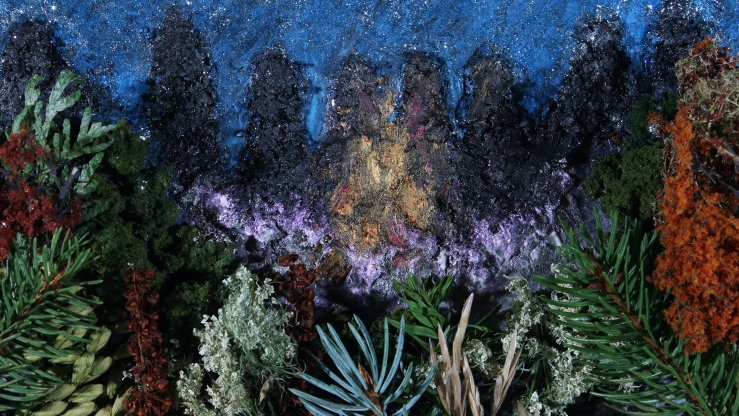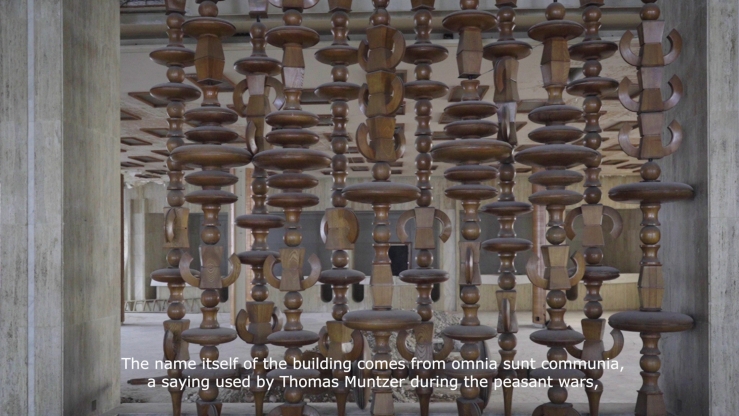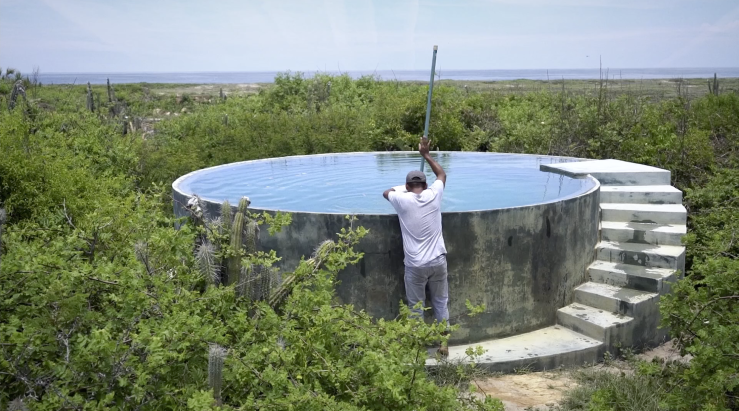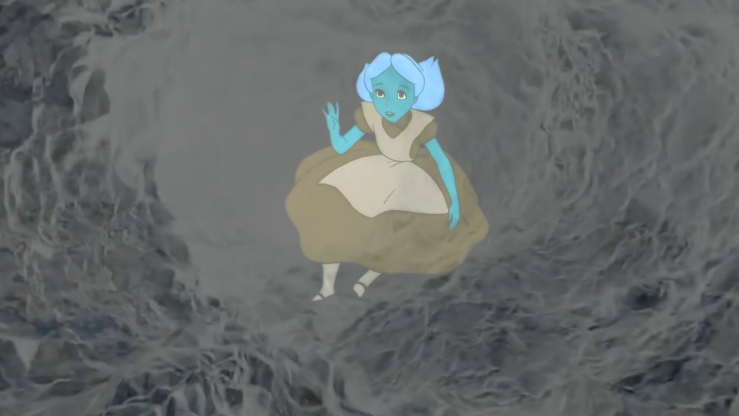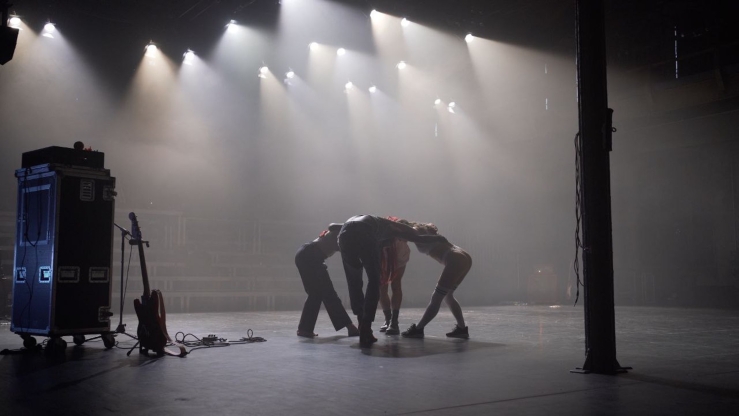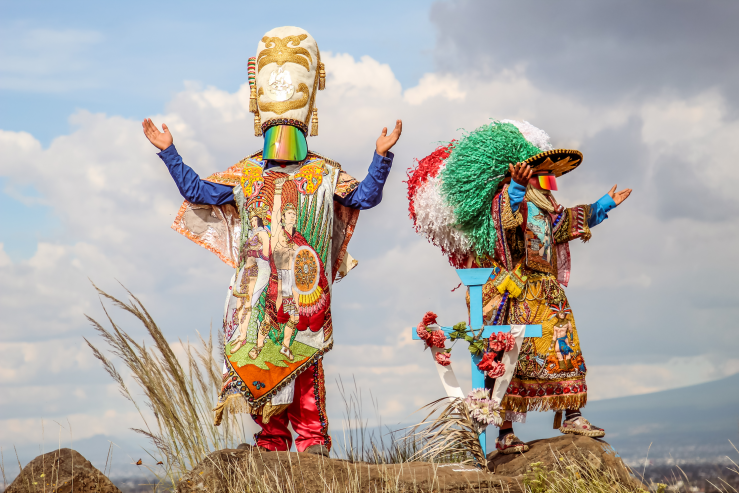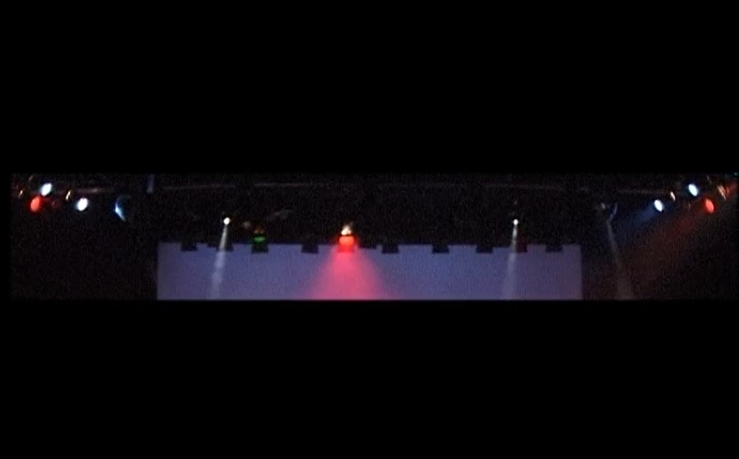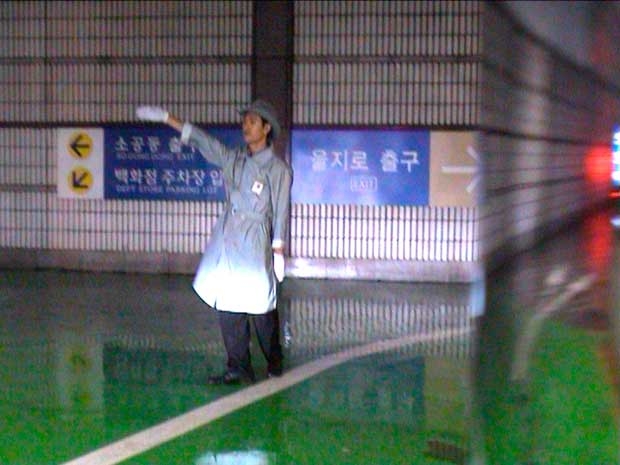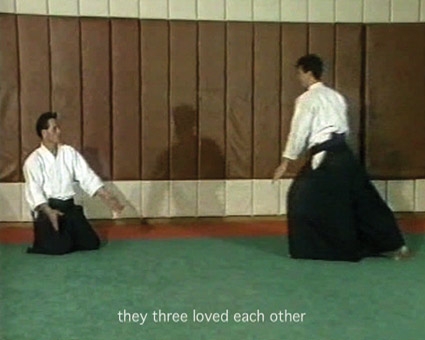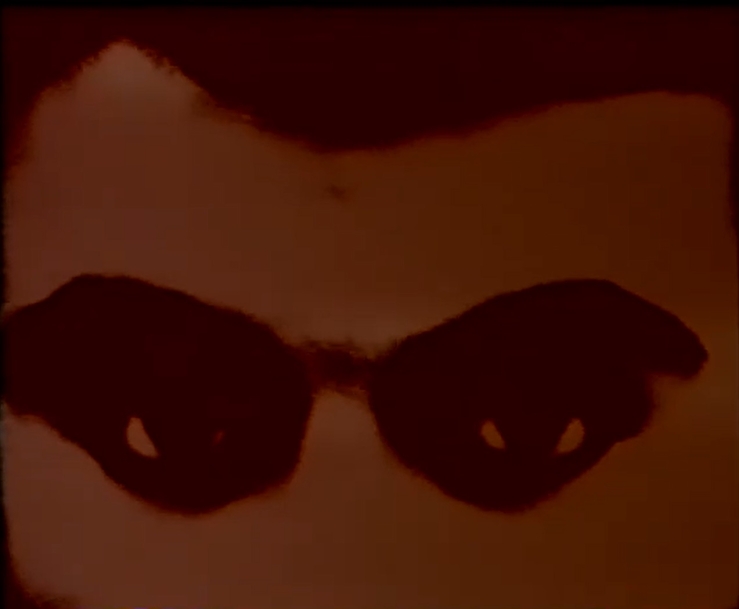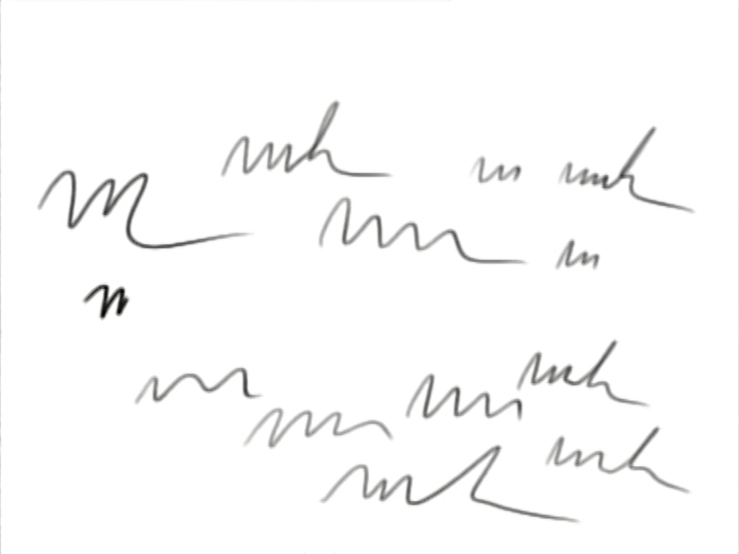日 ''''''';''''''' 記 (TUGGING DIARY)
What begins like a video diary with a personal poem and a calm soundtrack develops into an experimental narration about alienation, violence, and censorship. In 日 ''''''';''''''' 記 (TUGGING DIARY), Yan Wai Yin records personal and collective memories and reflects upon the traumatizing experiences during the mass protests against China’s growing influence between 2019 and 2020 in her hometown of Hong Kong. The artist translates the restlessness of this time into a hectic sequence and overlay of images, sounds, texts, and thoughts, which climax into sensory overload and alienation toward the middle of the video. These are images, sounds, and perceptions which were not part of the meta-narrative and the images shown in the media about the democratic movement: Like the blue color the police used to dye the water in the cannons, which made it easy to identify protestors after- wards. Or the chirping and the bird calls, which enveloped the silenced city at the beginning of the pandemic and refer to the dying of thousands of animals due to the excessive use of tear gas during the protests.
Yan Wai Yin documented her immediate neighborhood for over a year, mostly by using an analog amateur photo and film camera, thus subtly informing her fellow citizens that these images were not intended for circulation online, where the authorities often search footage for persecutions. The artist guides and fixates the viewer’s gaze on graffiti with protest slogans, rally posters, children’s drawings containing uplifting messages, colorful post-its with insider codes, and photographs of wounded protestors. They are omnipresent — glued onto walls, ceilings, fences, and posts, or painted onto the street. As the video unfolds, some things are superimposed, others torn down; some fade away or are covered with paint. The artist is neither interested in this urban poetry and abstract painting nor in the transience of things. In her video, Yan Wai Yin shows how the city — where notes in public space were, at most, used to warn of fresh paint — turns into a communication platform and how, in torn poster scraps and thrown to the ground children’s drawings, mechanisms of oppression and manipulation manifest. She also reflects her own role in this process of conveying and concealing, for instance by reconstructing the distorted numbers 831. They refer to the incident on 31 August at the metro station Prince Edward, after which rumors began to spread that people had died of police violence.
Finally, the unremarkable footbridge in the district North Point, which the artist has been using on her way through the city ever since her childhood, becomes a symbol for a turning point in Hong Kong’s history — from a freedom-loving to an increasingly more restrictive city. (Ieva Akule)
Commissioned by Soundpocket
*We can only show an excerpt of this work in the online archive. For the complete version, please contact the artist.
Images: YAN Wai Yin, 日 ''''''';''''''' 記 (Tugging Diary), 2021 © YAN Wai Yin
About the video
About the artist
- 1994 in Hong Kong, HKG, lives and works in Hong Kong, HKG.
Insights at Videonale X
